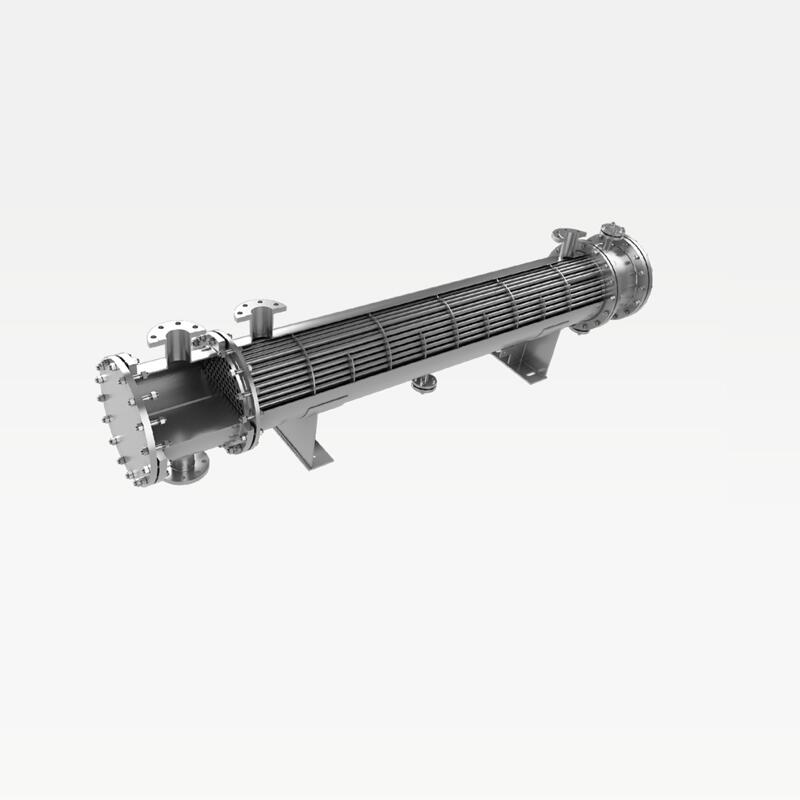-
Categories
-
Pharmaceutical Intermediates
-
Active Pharmaceutical Ingredients
-
Food Additives
- Industrial Coatings
- Agrochemicals
- Dyes and Pigments
- Surfactant
- Flavors and Fragrances
- Chemical Reagents
- Catalyst and Auxiliary
- Natural Products
- Inorganic Chemistry
-
Organic Chemistry
-
Biochemical Engineering
- Analytical Chemistry
-
Cosmetic Ingredient
- Water Treatment Chemical
-
Pharmaceutical Intermediates
Promotion
ECHEMI Mall
Wholesale
Weekly Price
Exhibition
News
-
Trade Service
Crude oil tankers play a vital role
in the oil value chain.
Their main role is to transport crude oil from production to refining ground, and are sometimes used to store freshly produced crude oil
.
Crude oil tankers can also be used to transport product oil such as fuel oil
.
But more of the product oil coming out of the refinery is transported using "clean" or "product" tankers, which are also smaller in size than crude oil tankers due to the smaller
number of goods per shipment.
Various tanker types
There are many sizes of crude oil tankers, and the largest type of ship currently is the super-large crude oil carrier, commonly known as "VLCC", which can carry up to 2 million barrels of crude oil
per tanker.
The second largest size is the "Suezmax", each can carry about 1 million barrels, is the largest size ship
that can pass through the Suez Canal with full load.
The smallest size dedicated crude oil tanker is the "Aframax type tanker" with a loading capacity of about 600,000 barrels
.
Other smaller ship types tend to be biased towards carrying refined and fuel oil
.
*January 1, 2018 (Source: ClarksonsSIN does not include shuttle tankers)
From the laying of the keel, the construction of crude oil tankers takes 9 to 15 months
.
Since many critical components need to be specially ordered and produced upfront, it takes at least two years from the signing of the newbuilding contract to the delivery of the vessel
.
The sheer size of tankers has led to a limited number of shipyards capable of building them
.
At present, the main shipyards are concentrated in Asia, especially in China, Japan and South Korea
.
The new shipbuilding price of tankers is mainly affected by the underlying prices of energy, steel, labor costs and available construction financing
.
Shipbuilding order volumes also play a role, and it not only affects shipbuilding prices, but may also extend or shorten delivery wait times
.
Over the past decade, the cost of a new VLCC has ranged from $80 million to $160
million.
Payment times tend to be very lagging behind, usually with a deposit of 10% when the contract is signed, 20% to 40% of the payments at important nodes, and finally 50% to 70%
at the time of delivery.
Historically, the economic life of tankers has been 25 years, but it has recently dropped to around
20 years.
Different tanker companies have their own way of depreciating their assets, generally speaking, the shortest is 18 years, and the longest is 25 years
.
Cost structure
The shipowner leases the vessel to the customer for gross income – "freight", and the owner's liability usually covers the entire voyage
from the port of loading to the port of discharge.
Gross income is used to cover the shipowner's responsibility for the ship's voyage costs, ship operating costs, interest paid to loan providers and other costs
associated with owning the vessel.
Fixed costs vary from shipping line to line, but ship prices are the most important part of it
.
Each company has its own break-even point, and freight costs exceed the break-even point in order to make a profit by operating a
ship.
When all fixed costs are covered, all additional income is placed in the income statement
.
Shipping lines and market watchers typically report returns from tankers in the form of "dollars/day," also known as TimeCharterEquivalent (TCE
).
The TCE of a VLCC typically ranges from $20,000 per day to $35,000 per day, depending on loan interest levels, fixed operating cost depreciation (or amortization), and G&A expenses
.
Tanker customers
Tanker transportation is a B2B environment where customers see transportation as an integral part of
the logistics chain.
These customers are usually oil majors, ranging from national oil companies (such as United Petrochemical, Saudi Aramco, Petrobras) to international oil companies (such as Total, Shell and Chevron), as well as trading companies such as Trafigura and Glencore, as well as large refineries
.
There are usually three kinds of transportation needs for oil majors: having ships ship oil to their customers; Allowing ships to ship oil to third-party refineries; Have ships ship ship shipping oil
from a third-party refinery.
It depends on the physical oil flow—which refineries need what type of crude oil
at what time.
Trading companies are often speculative firms in oil trading, so it is difficult to predict
when and where they will need ships.
Most of the customers in the large crude oil tanker segment are large multinational corporations with high credit ratings, and they are often referred to as the "charterers"
of ships.
When a charterer asks a tanker to transport oil from A to B, they usually get in touch with the shipbroker first, who then contacts the appropriate shipowner to act as an intermediary in negotiating tariffs, contract terms and conditions
.
Charterers can also go directly to the shipowner themselves, but this rarely happens
.
How to set shipping rates
The following diagram shows a common workflow
on how to set shipping rates.
There are many ships eligible to carry cargo, and a ship broker entrusted by a shipper to find a ship will reduce the number of potential ships over the course of several rounds of
screening.
Some shipowners may also voluntarily withdraw from bidding for reasons such as logistics, prices, other goods to be tendered
, etc.
The logic is simple, the more ships left in the end, the lower the freight rate is likely to be, and when the competition between shipowners is particularly large, the freight rate may even be lower than their fixed cost
.
Finally, the shipper will select a vessel by examining and evaluating the previous performance of the vessel, the seaworthiness of the vessel
and the suitability of trade.







